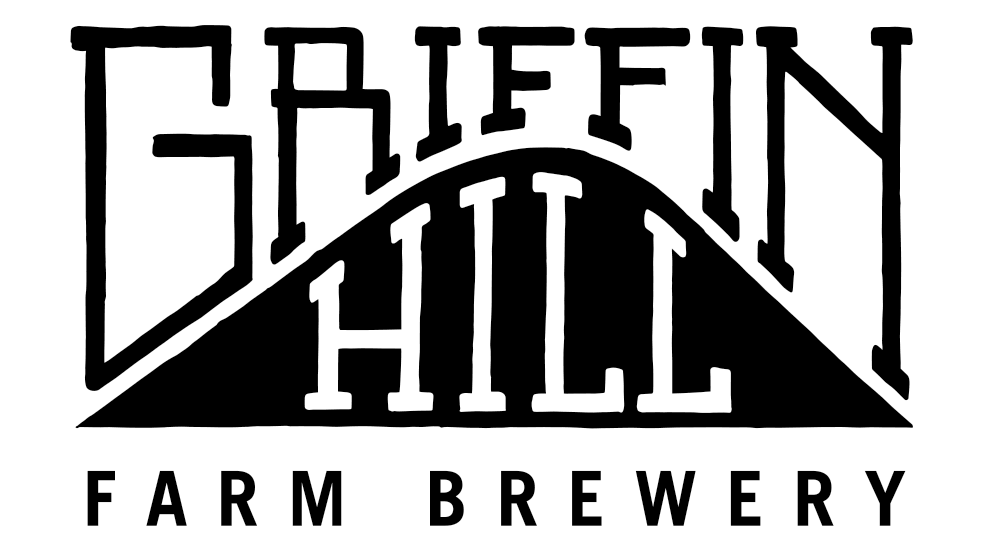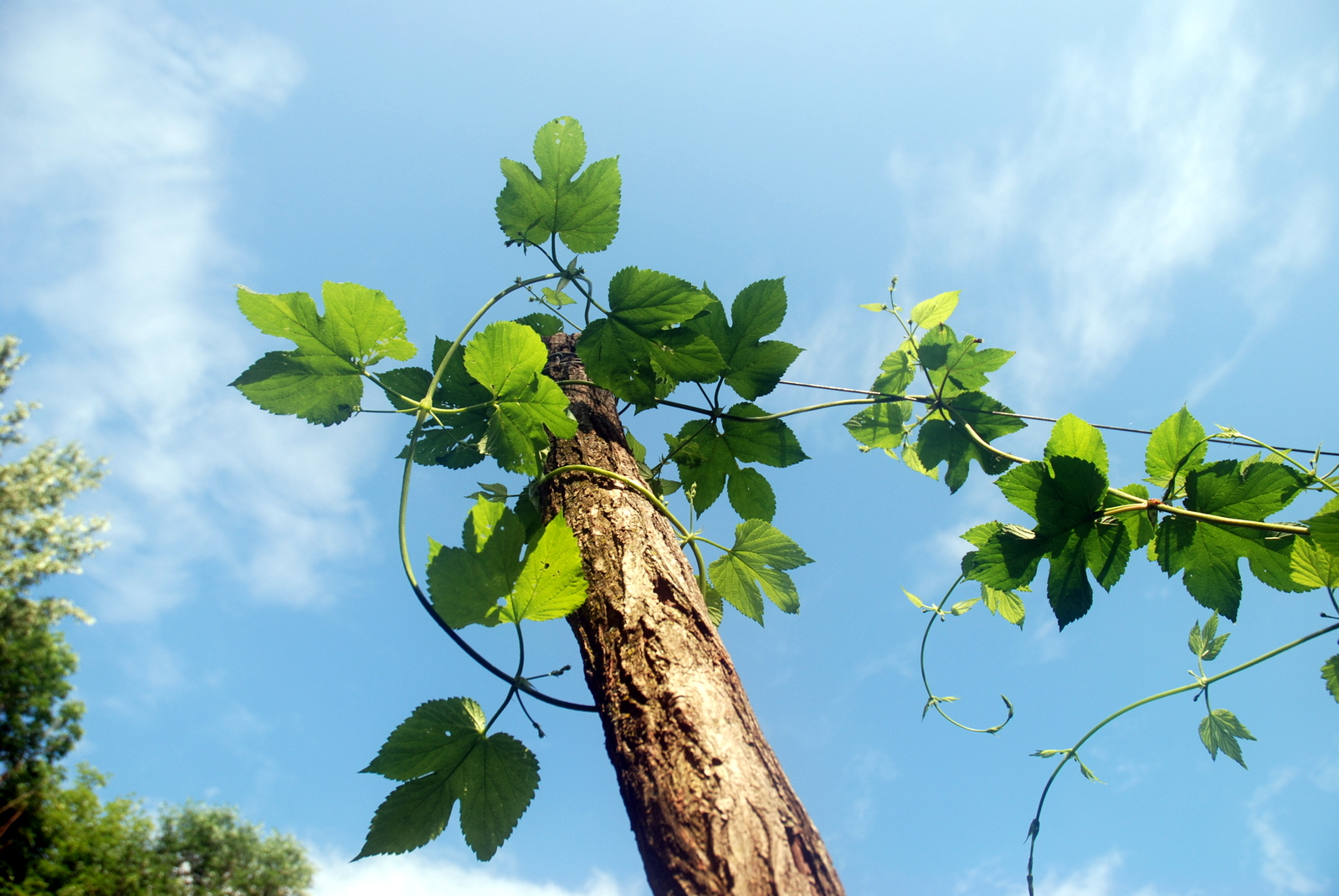
Fuggles on Black Locust Post
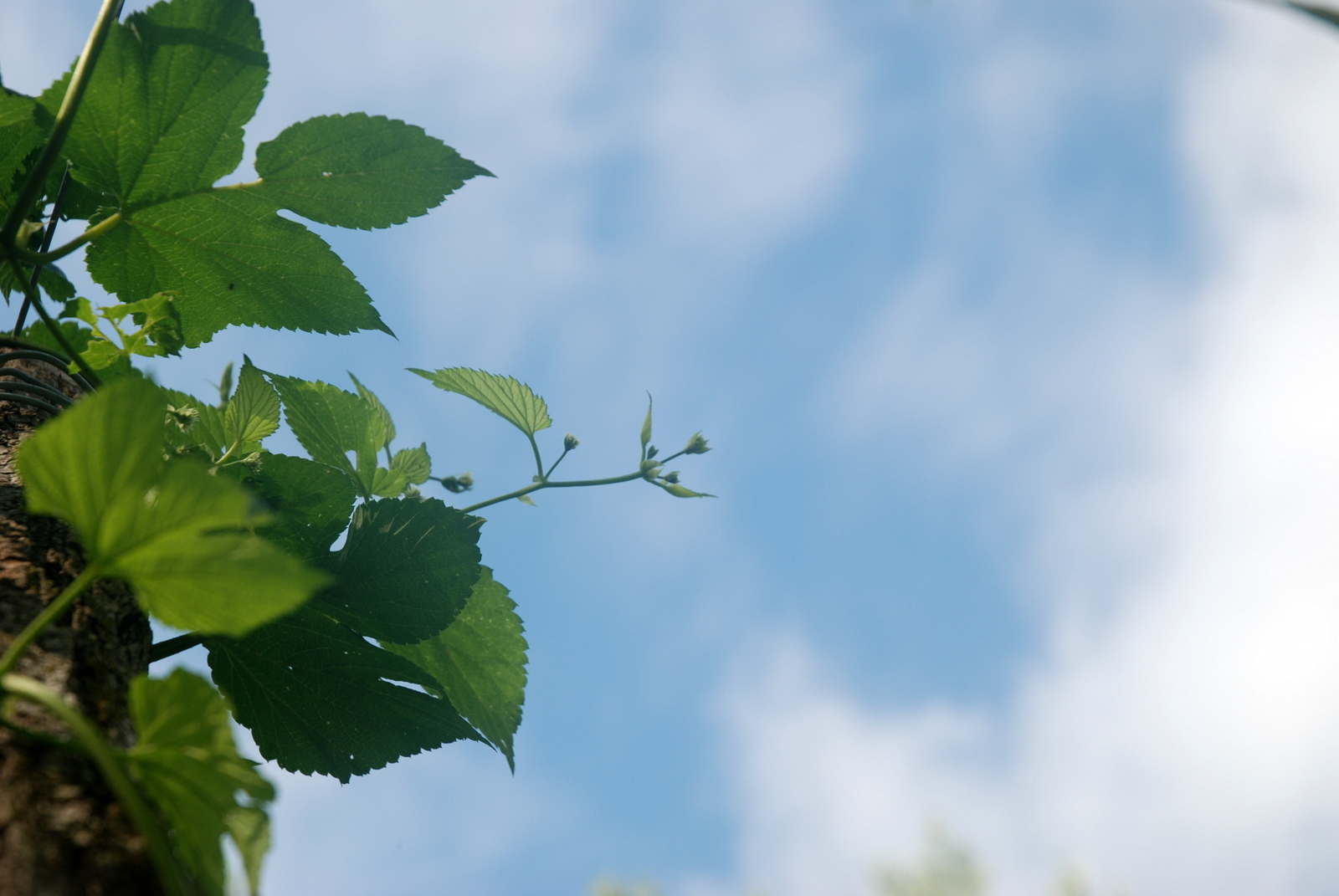
Hop Burr
An exciting recent development in our nursery which means we will have some cones this year!
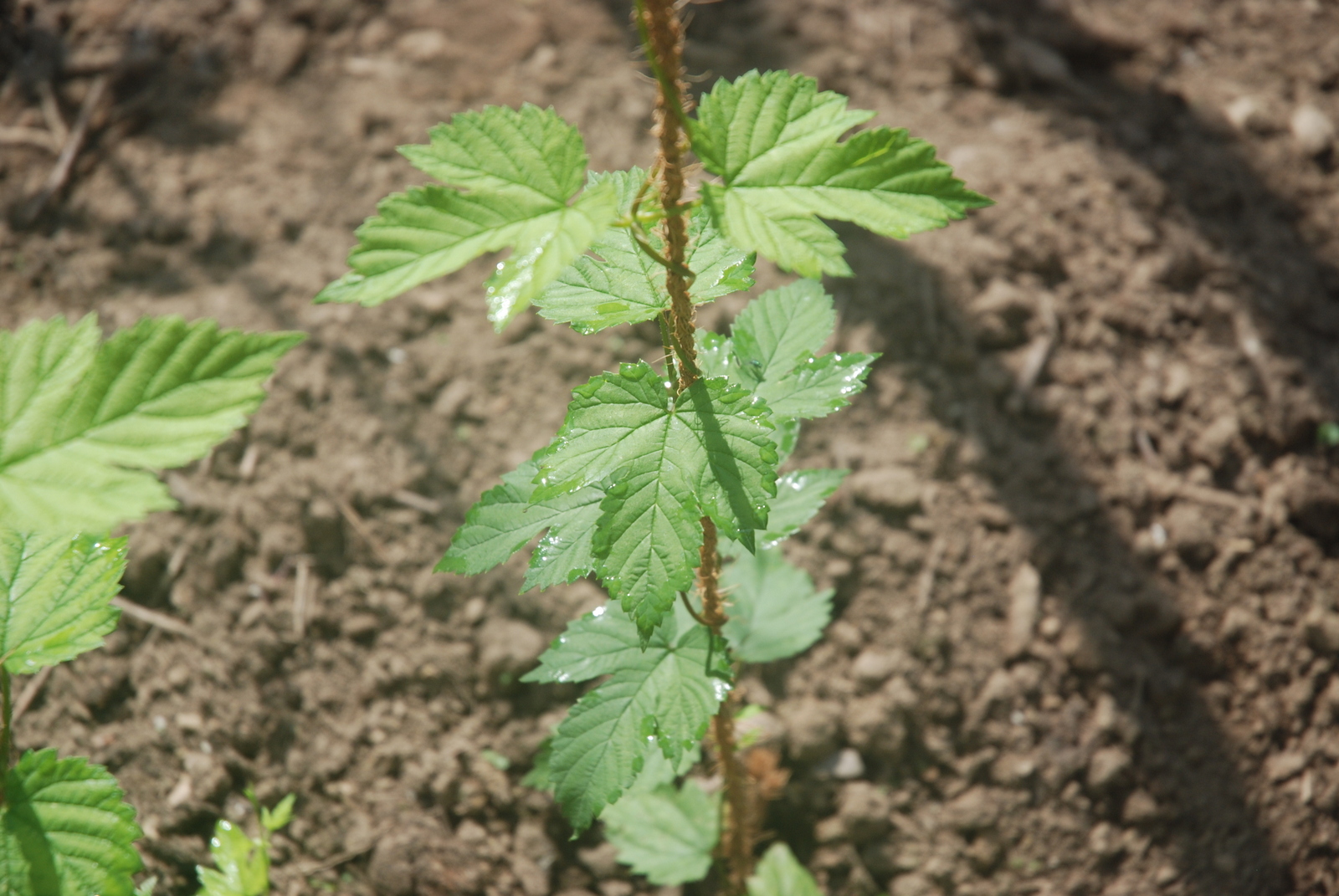
Morning Dew
Early morning scouting means watching the dew evaporate on this Alpharoma.
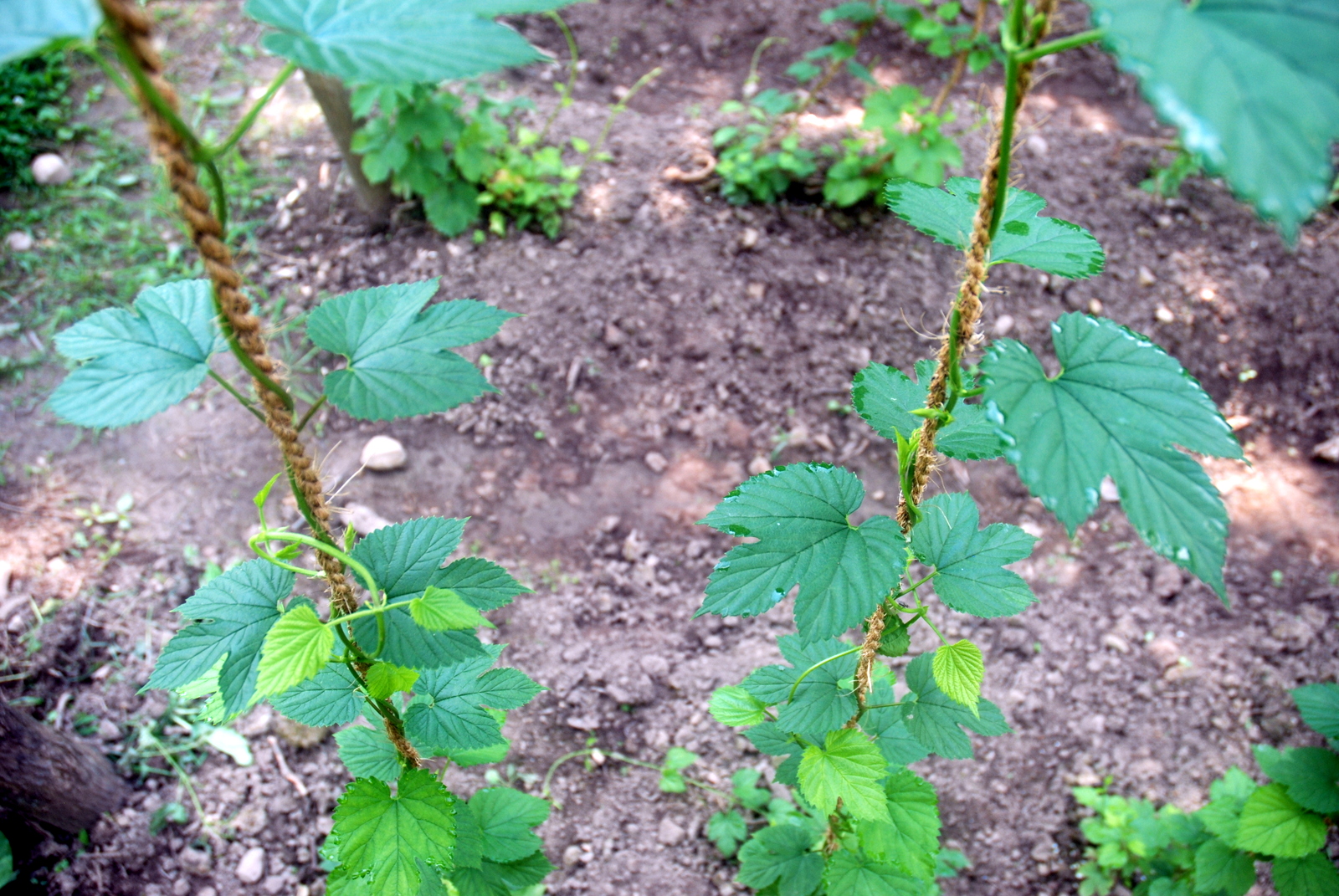
The Kerlins
Our NY mystery hop variety, affectionately named after our friends who passed them along to us.
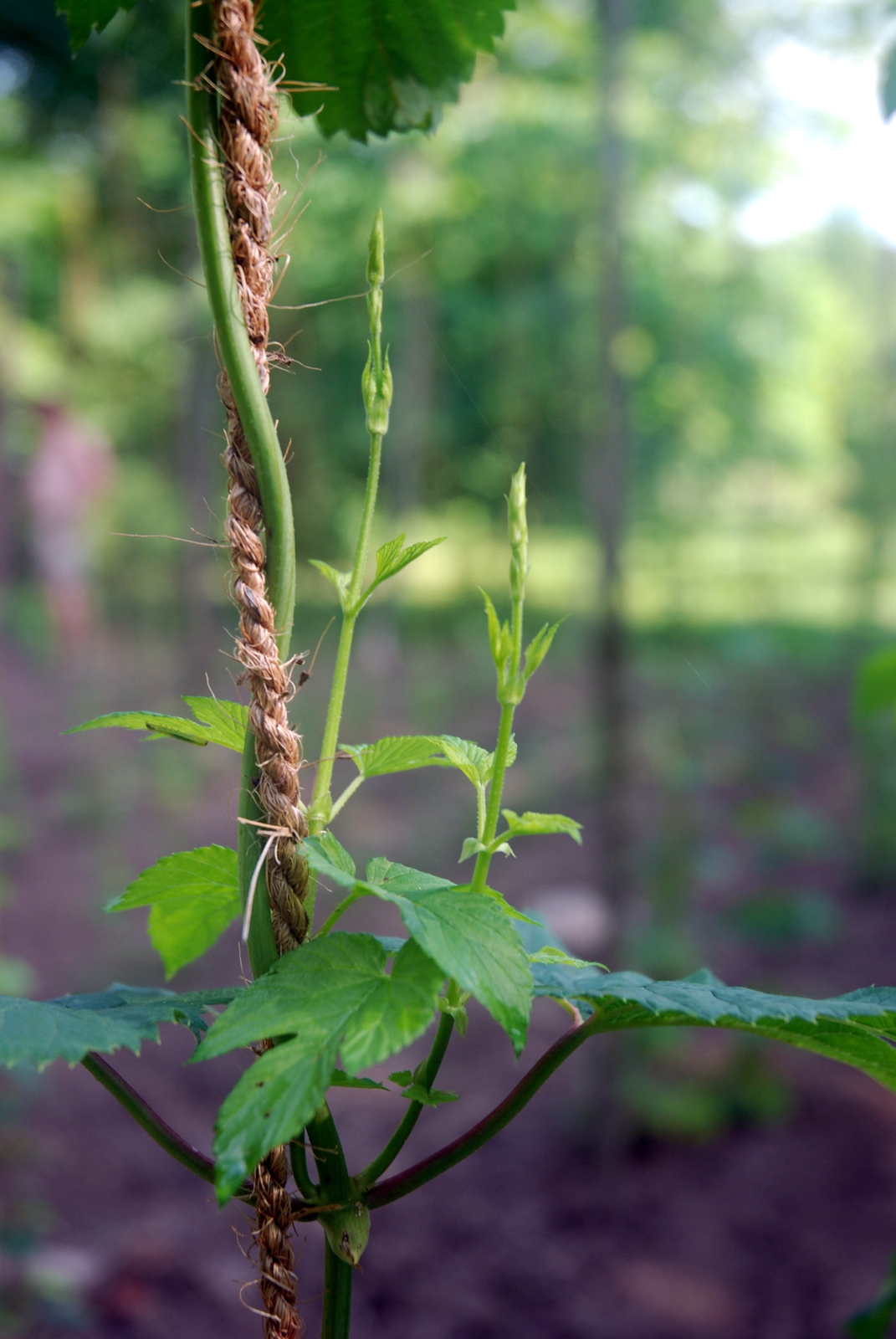
Chinook side arms
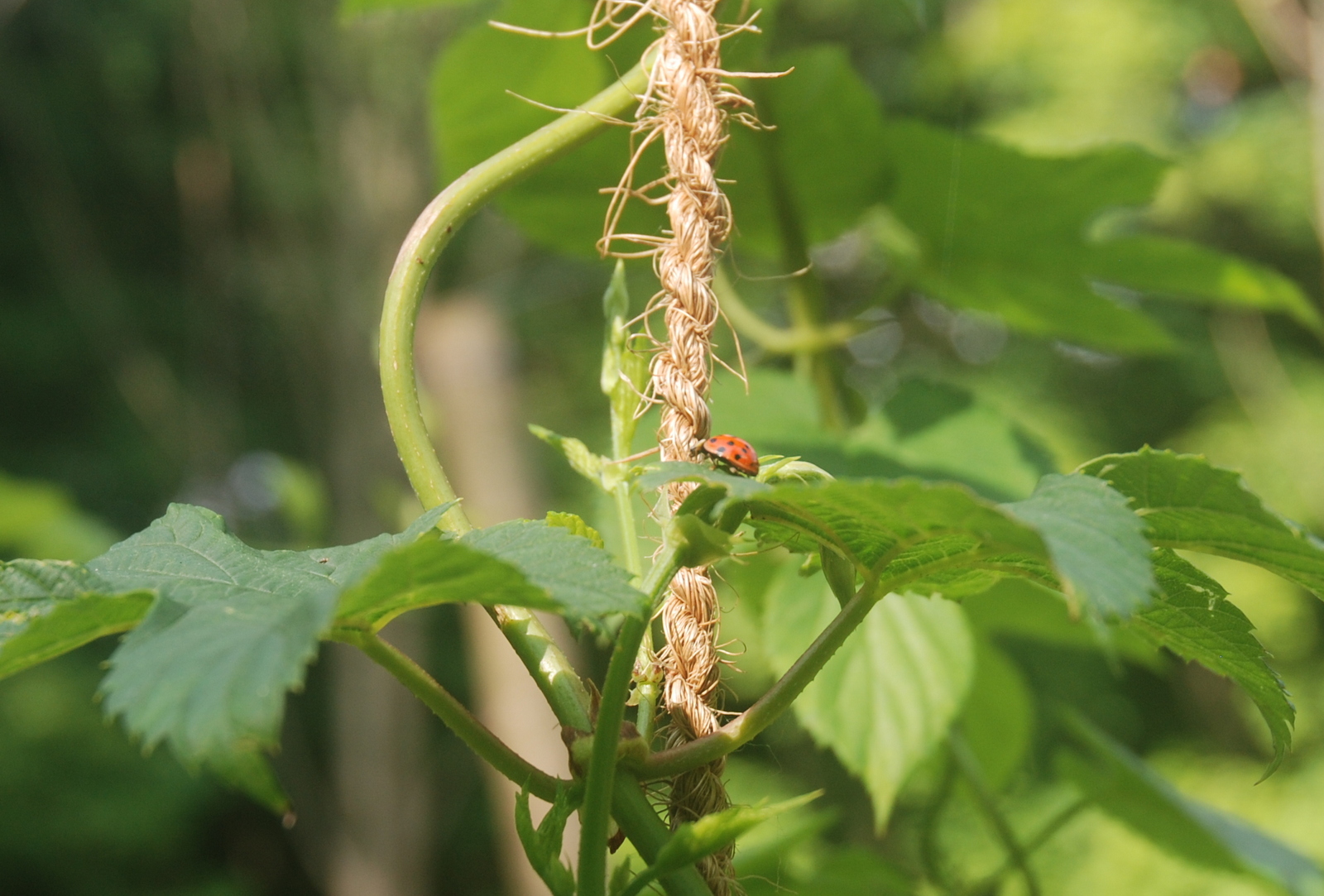
Ladybug
They love the Fuggles. I wonder why.
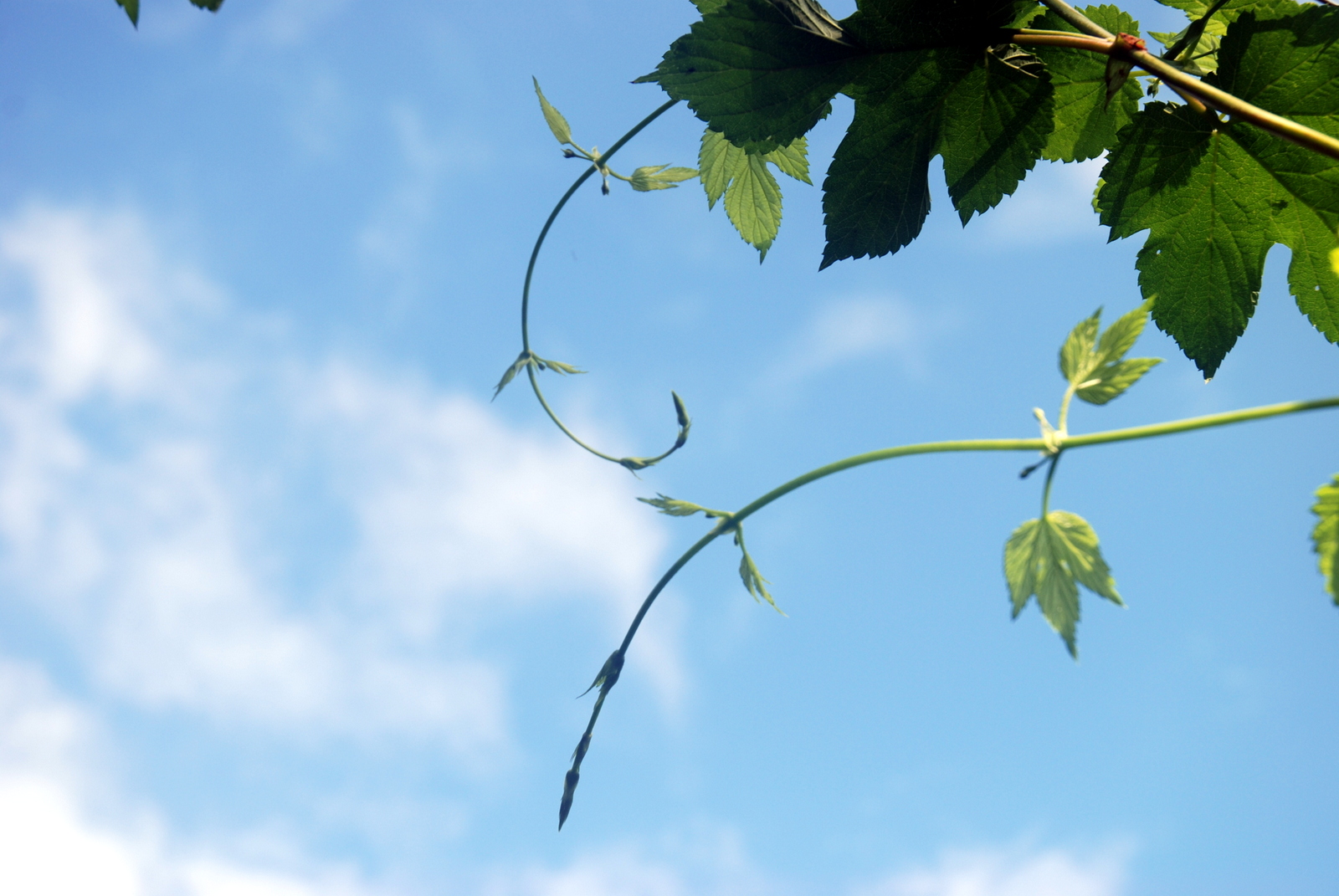
Fuggle tips

Super shoot
This East Kent Golding just sent up a ropey shoot that is growing by the foot daily.
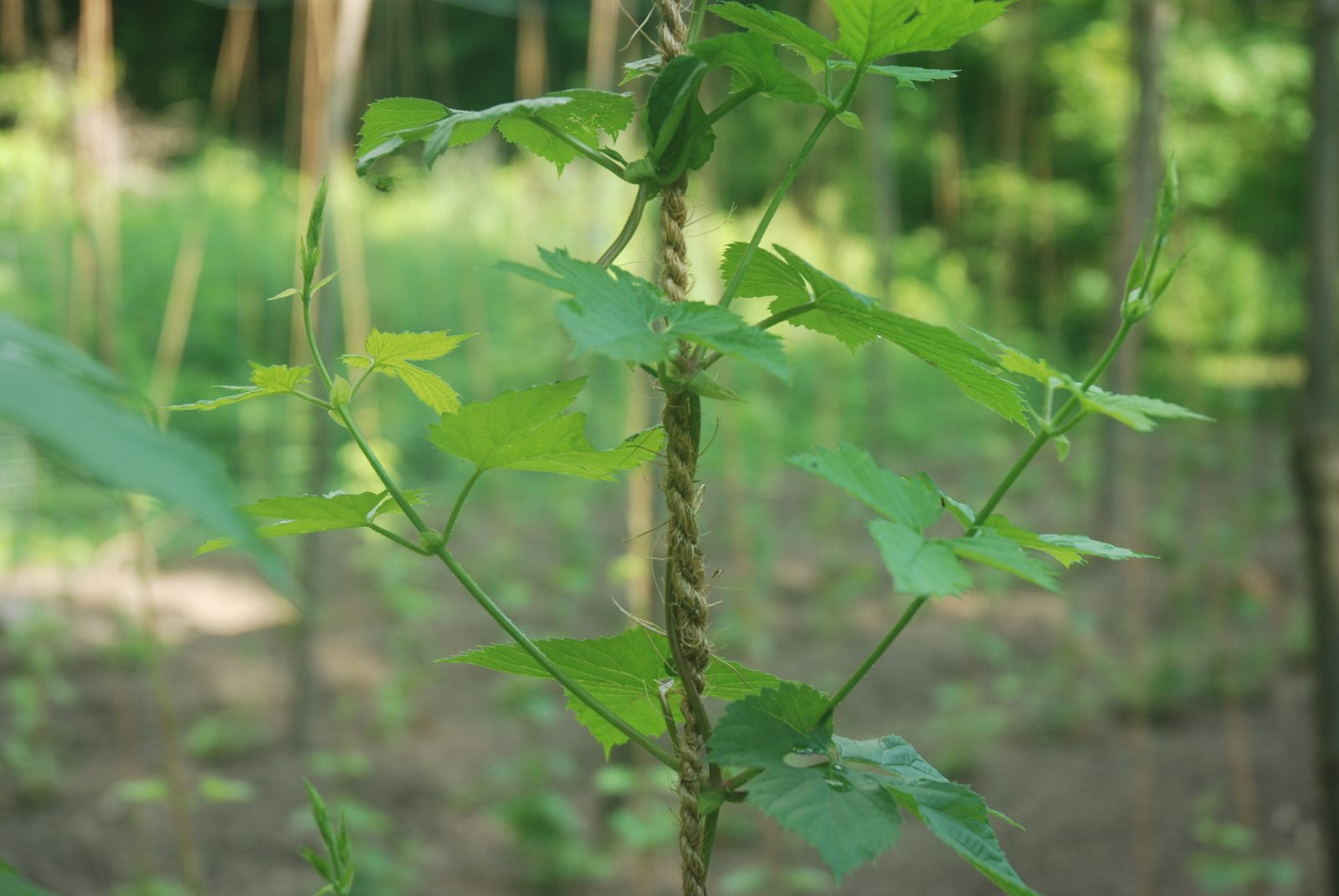
Side Arms
Such robust side arms developing on this Columbus.
